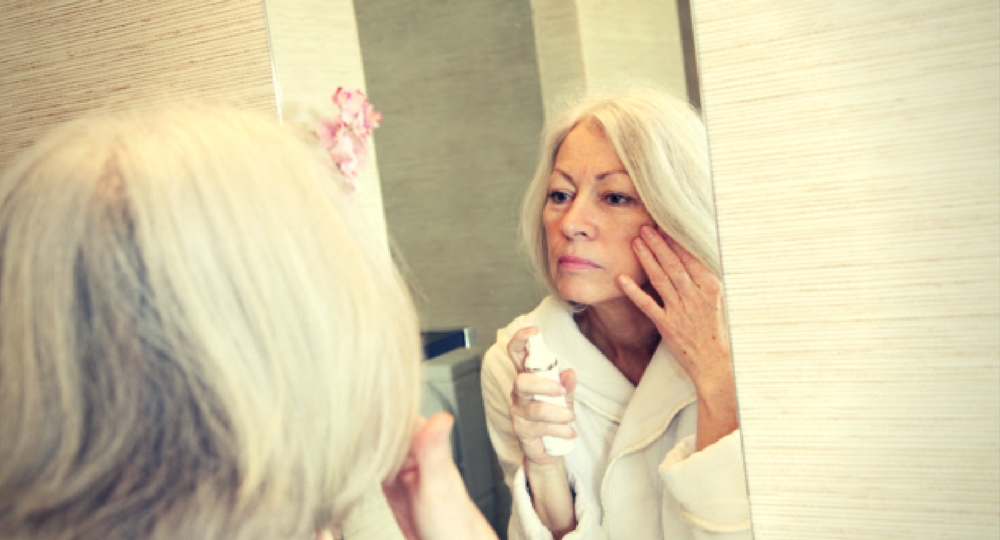Aging wrinkles can be so disturbing, you look in the mirror and see the first signs of fine lines and wrinkles. They’re around your eyes, your mouth, your forehead—and they’re starting to set in. Most times you try to ignore these changes—but all of a sudden, they become more pronounced.
According to Paula’s choice skincare, the sun can be a great influencer of wrinkles. Your skin color can make you more vulnerable to serious sun damage when you aren’t wearing sunscreen. However, regardless of your skin color, unprotected sun exposure is still putting your skin at risk. Depending on how much unprotected sun exposure you’ve had, fine lines and wrinkles can start showing up as early as your mid-twenties!
A sunscreen rated SPF 30 or greater applied on a daily basis is one sure way to reduce the risk of early signs of aging.
The Harvard medical school has proven that Topical vitamin A–based drugs called retinoids — the most used and most studied anti-aging compounds — may reduce fine lines and wrinkles. Tretinoin, under the brand name Retin-A, was the first retinoid. It was used as an acne treatment in the 1970s, but researchers later discovered that it also fades actinic keratosis spots, evens pigmentation, and speeds the turnover of superficial skin cells.
Retinoids reduce fine lines and wrinkles by increasing the production of collagen. They also stimulate the production of new blood vessels in the skin, which improves skin color. Additional benefits include fading age spots and softening rough patches of skin. However, it takes three to six months of regular use before improvements in wrinkles are apparent — and the best results take six to 12 months.
This is because, retinoids can cause skin dryness and irritation, doctors often recommend using them only every other day at first and then gradually working up to nightly applications. Wear a sunscreen during the day, because retinoids increase the skin’s sensitivity to sunlight. These drugs must be used continually to maintain their benefits.
Tretinoin (Retin-A, generic), tazarotene (Avage, Tazorac), and adapalene (Differin) are prescription retinoids. Adapalene is also available over the counter (in a 0.1% formulation versus the 0.3% prescription version). Other retinoids are undergoing clinical trials.
In addition, several over-the-counter products containing retinoids, such as retinol, are available. Because they’re not as strong (and thus less irritating), they are not as effective in reducing wrinkles as tretinoin; but they do improve the appearance of photo-aged skin. Tretinoin can be used with alpha hydroxy acids (AHAs) for additional skin-smoothing effects.
There are various ways, that wrinkles can be minimized or permanently eliminated such as;
- A gentle water-soluble cleanser
- An alcohol-free, skin replenishing toner
- A leave-on, completely non-abrasive AHA or BHA exfoliant that exfoliates skin naturally and imperceptibly.
- A daytime moisturizer or foundation with an SPF 30 or greater
- A concentrated antioxidant-enriched serum
- Nighttime moisturizer loaded with skin-restoring hydrating ingredients appropriate for your skin type
- Specialty products that contain ingredients proven to address specific signs of aging. These include high concentrations of vitamin C-, retinol-, hyaluronic acid-, and niacinamide-based formulas.
Carefully chosen skin care products that include lots of antioxidants, replenishing ingredients and skin-restoring ingredients can put back into skin’s surface what it has lost over time. These types of ingredients in a complete advanced skin care routine can truly rejuvenate and revitalize your skin, making wrinkles much less of a visible concern. This is the best way to love your skin and resist the effects of time!
Sources: Health Beat from the Harvard Medical School/Paula’s Choice Skincare




